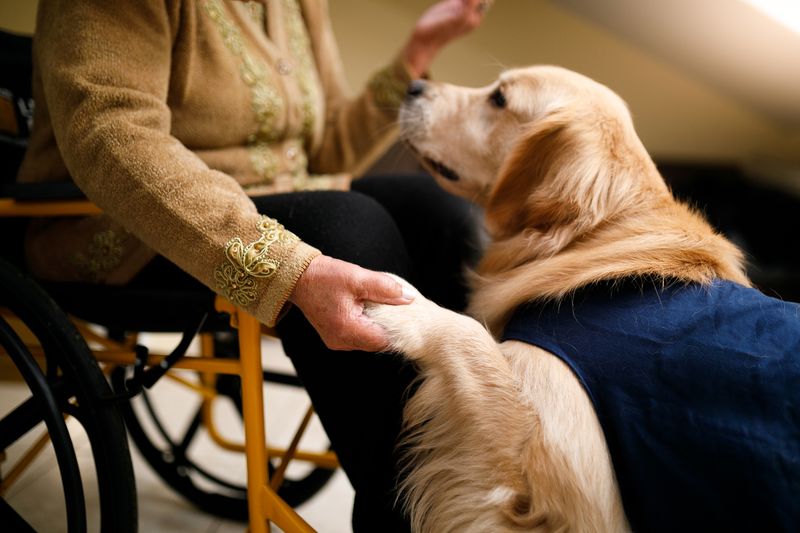A new study has shown that dogs can be trained to identify patients with Parkinson’s disease using skin swabs, suggesting the existence of biomarkers that could aid in developing diagnostic tests for this neurodegenerative disorder.
Two dogs, trained to distinguish the odour between swabs of sebum—oil secreted by skin—taken from people with and without Parkinson’s disease, showed high levels of accuracy in detecting the ageing-related neurological disorder.
Researchers from the universities of Bristol and Manchester, along with Medical Detection Dogs, a UK-based charity organisation, noted that a definitive diagnostic test for the ageing-related neurological disorder remains elusive, identifying potential biomarkers could help with diagnosis and timely intervention.
“This study adds to the growing body of evidence showing that simple, non-invasive skin swabs can be used to diagnose Parkinson’s disease, offering a faster and more accessible method for early detection,” author Perdita Barran, professor of mass spectrometry at The University of Manchester, said.
Published in The Journal of Parkinson’s Disease, the study involved training two dogs over 38 to 53 weeks using 205 samples of skin swabs from individuals with Parkinson’s disease and those without.
The samples were presented to the dogs, who were rewarded for correctly indicating a positive sample and for correctly ignoring a negative sample.
The dogs achieved an accuracy rate of 80 per cent in identifying true positives — accurately recognising individuals with the condition — and over 90 per cent for true negatives — correctly identifying individuals without the condition.
“These results support earlier research showing that dogs can be trained to reliably detect the smell of Parkinson’s disease,” the authors said.
Lead author Nicola Rooney, an associate professor at the University of Bristol, said, “The dogs in this study achieved high sensitivity and specificity and showed there is an olfactory signature distinct to patients with the disease.” “Sensitivity levels of 70 per cent and 80 per cent are well above chance, and I believe that dogs could help us to develop a quick, non-invasive and cost-effective method to identify patients with Parkinson’s disease,” Rooney noted.
